A Brief History of Chess
The History Of Chess
Chess grew out of Chatarung, an Indian game dating back to 600 A.D. As chess developed, it had different rules and different pieces than it does today. The queen was actually a "ferz", a male counsellor to the king and the weakest piece on the board. The bishop also didn't have the sweeping powers of diagonal movement that it does today, making the game even slower and more methodical in development. In order to advance the game, some players began their matches by setting up in mid-game, having skipped opening movements altogether.
Chess spread around the world as it was introduced to other civilisations by merchants and traders. As chess spread, local variations and rules developed.

In 1000 A.D., chess came to Europe. The ferz became known as the queen, and the Europeans put their own flavor on chess. Although it is not known who was responsible for changing the rules, the movement of the queen and bishop were modified to their present-day capabilities in the 1500s. Shortly thereafter, the invention of the printing press allowed the new rules to spread throughout the world, creating the standardised game of chess known throughout the world.
In the late 18th century, the first chess-playing machine known as The Turk would tour the world playing chess against human opponents. Although it was later revealed that it was actually controlled by a human operator, the goal of creating a machine that could beat a human at chess would become the focus of programmers in the late 20th century.
The first international chess tournament was held in London in 1851 and won by Adolf Anderssen.
Although played by some of the nation's leaders such as Benjamin Franklin, chess in the United States would gain prominent recognition in the middle of the 19th Century. Paul Morphy, the winner of the 1857 American Chess Congress, was the first chess player in the United States to achieve fame. Although there was no world chess champion at that time, he went on to Europe and was unofficially thought to be the world's top player after defeating Europe's Adolph Anderssen.
In 1886, two of the world's best chess masters, Wilhelm Steinitz and Johannes Zukertort, sat down to play in what would come to be known by chess historians as the first World Chess Championship. Until 1948, the title of World Chess Champion would be handed between players after an epic battle on a chess board.

In 1948, the death of World Champion Alexander Alekhine created the need for a new method to determine the. FIDE, the French chess organisation Federation Internationale des Echecs, held a title tournament among the world's best chess players before naming Mikhail Botvinnik World Chess Champion.
America would have to wait until 1972 for its first (and only) World Chess Champion in Bobby Fischer. At the height of the Cold War, Bobby Fischer defeated Boris Spassky of the U.S.S.R. in Reykjavik 12.5-8.5.
In the 1990s, the chess world would be captivated by chess matches between computers and humans. Reigning World Chess Champion Garry Kasparov would defeat IBM computer programs Deep Thought and Deep Blue in 1989 and 1996, before losing to Deep Blue in 1997 in a rematch by a score of 3.5-2.5.
In 1993, World Chess Champion Garry Kasparov split from FIDE and established the Professional Chess Association. FIDE would soon strip Kasparov of his title and it was not until 2006 that the title of World Chess Champion would be reunified in one player, Vladimir Kramnik.
The current World Chess Champion is Magnus Carsen from Norway!



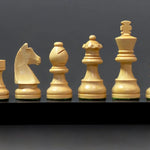
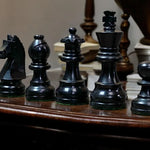
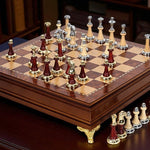
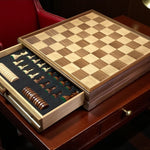
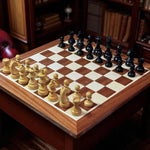
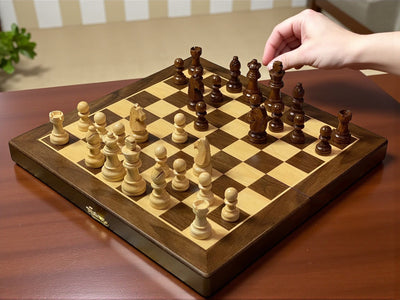
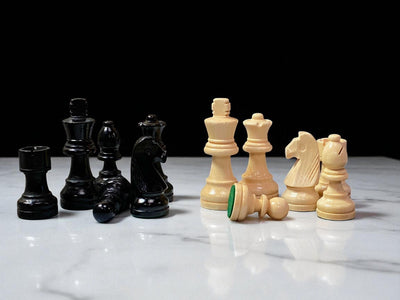
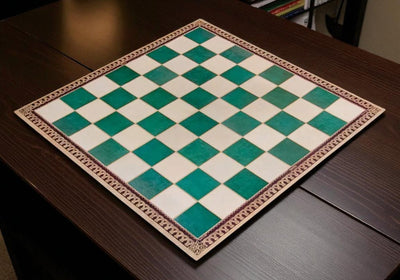
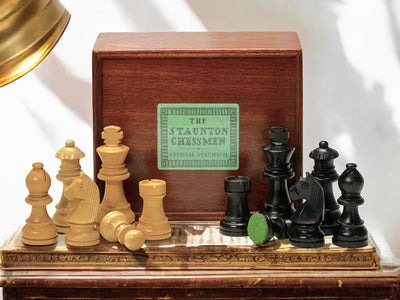
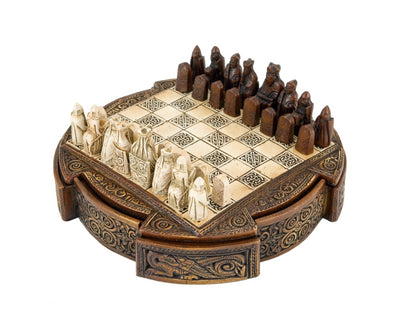

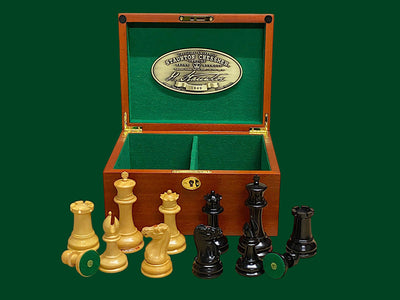
Leave a comment